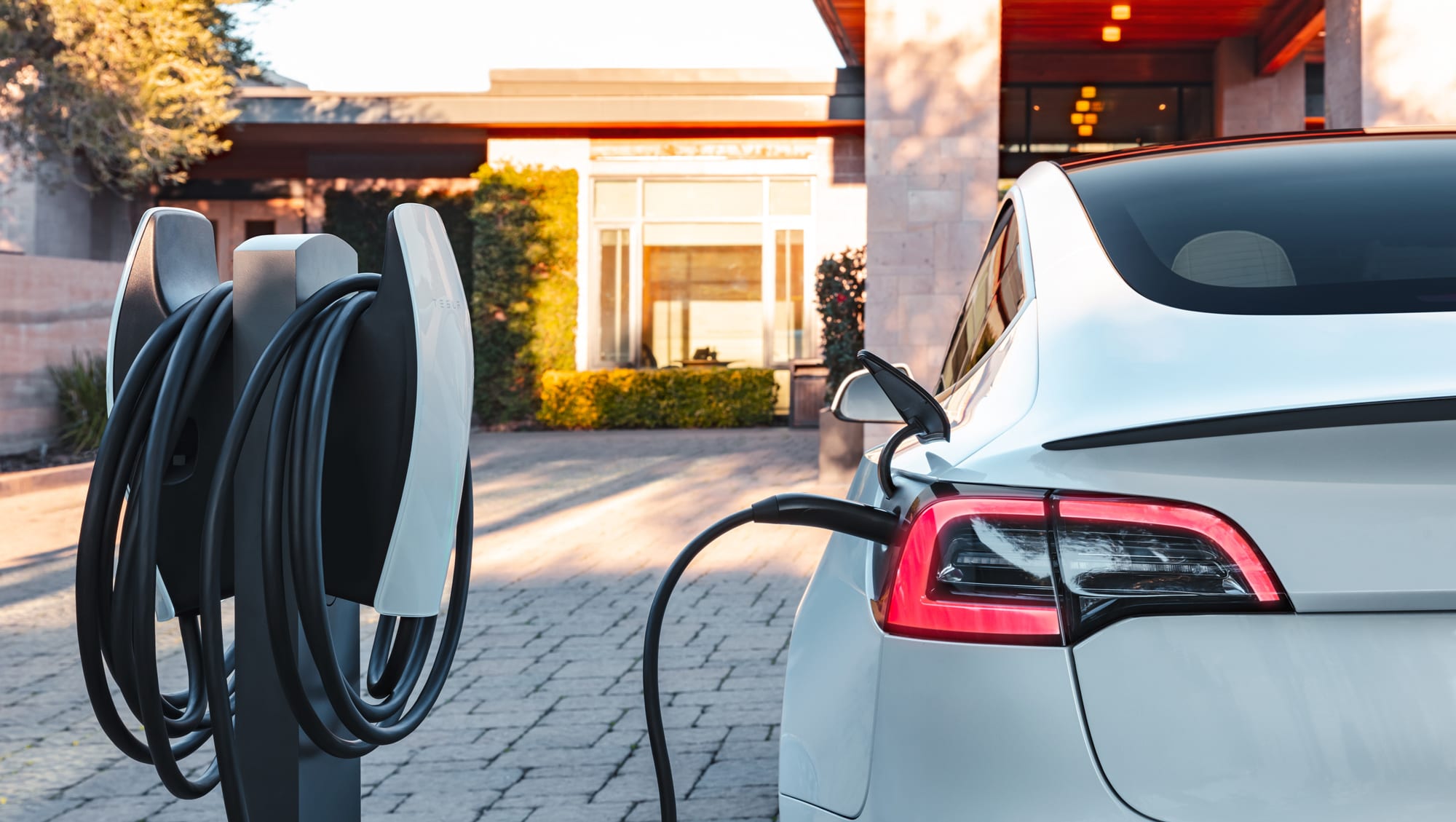Image Source: Google
Electric vehicles (EVs) have come a long way since their introduction to the market. Once considered a niche option for eco-warriors, electric cars are now becoming increasingly popular among everyday drivers. One of the key factors contributing to this shift is the accessibility provided by home EV chargers.
In the past, one of the major barriers to widespread electric car adoption was the lack of charging infrastructure. EV owners had to rely on public charging stations, which were limited in number and often required long waiting times. This made owning an electric car impractical for many people, especially those without easy access to charging facilities.
However, the availability of house EV chargers has changed the game. These chargers allow electric car owners to charge their vehicles conveniently from the comfort of their own homes. By simply plugging in their cars overnight or during the day, EV owners can ensure that their vehicles are always ready to go when they need them.
Home EV chargers come in different types and charging speeds. Level 1 chargers, also known as trickle chargers, are the most basic option. They typically provide a charging rate of around 2-5 miles of range per hour. While slower than other options, level 1 chargers are still practical for many drivers, especially those with low daily mileage requirements.
Level 2 chargers, on the other hand, offer a faster charging rate. These chargers can provide anywhere from 10-60 miles of range per hour, depending on the specific model. Level 2 chargers are a popular choice for homeowners who want a quicker charging option without the need for extensive electrical upgrades.
Some homeowners may opt for level 3 chargers, also known as DC fast chargers. These chargers are much faster than level 1 and 2 chargers, often providing 150-350 miles of range per hour of charging. However, they require specialized electrical installations and are typically more expensive to purchase and install.
Home EV chargers not only provide convenience but also cost savings for electric car owners. Charging at home is generally cheaper than using public charging stations, especially if the owner has a time-of-use electricity rate plan. Additionally, home charging allows EV owners to take advantage of renewable energy sources, such as solar power, further reducing their carbon footprint.
The accessibility of home EV chargers is also encouraging more people to make the switch to electric cars. With a home charger, potential EV owners no longer have to worry about finding a public charging station or waiting in line to charge their vehicles. This makes electric cars a viable option for individuals who rely on their cars for daily commuting or have limited access to charging infrastructure.
Furthermore, the availability of home chargers is contributing to a positive feedback loop for electric car adoption. As more homeowners install chargers, the demand for public charging infrastructure decreases. This, in turn, leads to a reduction in charging infrastructure costs and encourages more people to make the switch to electric vehicles.
In conclusion, home EV chargers are playing a crucial role in making electric cars accessible to all. The convenience, cost savings, and reduced reliance on public charging infrastructure provided by home chargers are attracting everyday drivers to electric vehicles. As the popularity of electric cars continues to grow, it is likely that the accessibility provided by home chargers will become even more important in driving the transition to a greener transportation future.
